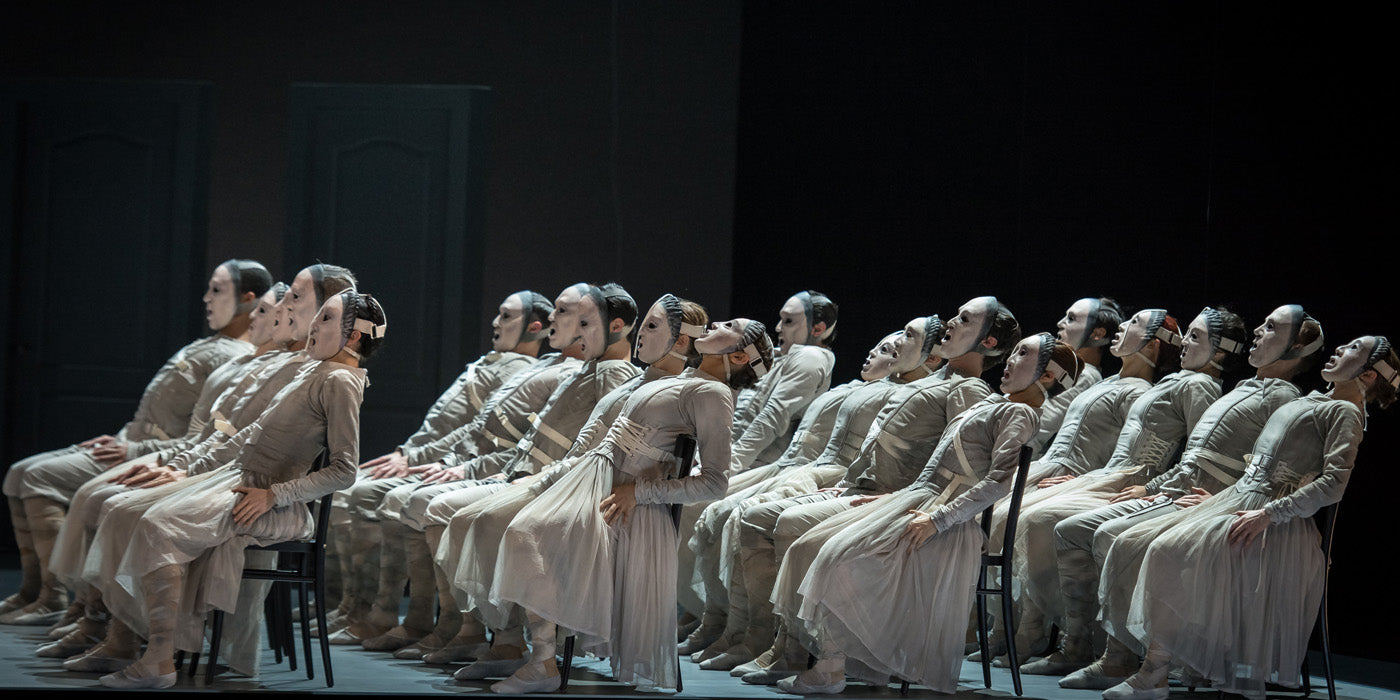Ultimate Release
Perhaps not since Mikhail Fokine’s 1905 iconic “The Dying Swan” has there been as haunting a solo dance depiction of avian death as Aakash Odedra Company’s “Songs of the Bulbul” (2024).
Continue Reading
World-class review of ballet and dance.
“Transfigured Night,” Belgian choreographer Stijn Celis' third ballet (“Les Noces,” “Cinderella”) for les Grands Ballets Canadiens, premiered in May. It is a ballet in two parts: the first half tells the Greek myth, Orpheus and Eurydice, entitled “Orpheus' Gaze.” The second half takes its cue from Richard Dehmel's 1896 poem, Transfigured Night, and is set to Arnold Schoenberg's 1899 composition of the same name. The advantage of pairing the two apparently independent ballets in narrative terms, is a subtle one.
Performance
Place
Words

Les Grands Ballets perform Stijn Celis' “Orpheus' Gaze.” Photograph by Richard Champage


“Uncommonly intelligent, substantial coverage.”
Your weekly source for world-class dance reviews, interviews, articles, and more.
Already a paid subscriber? Login
Perhaps not since Mikhail Fokine’s 1905 iconic “The Dying Swan” has there been as haunting a solo dance depiction of avian death as Aakash Odedra Company’s “Songs of the Bulbul” (2024).
Continue ReadingDance, at its best, captures nuance particularly well, allowing us to feel deeply and purely. In its wordlessness, it places a primal reliance on movement and embodied knowledge as communication all its own. It can speak directly from the body to the heart, bypassing the brain’s drive to “make sense of.”
Continue Reading“Racines”—meaning roots—stands as the counterbalance to “Giselle,” the two ballets opening the Paris Opera Ballet’s season this year.
Continue Reading“Giselle” is a ballet cut in two: day and night, the earth of peasants and vine workers set against the pale netherworld of the Wilis, spirits of young women betrayed in love. Between these two realms opens a tragic dramatic fracture—the spectacular and disheartening death of Giselle.
Continue Reading
comments